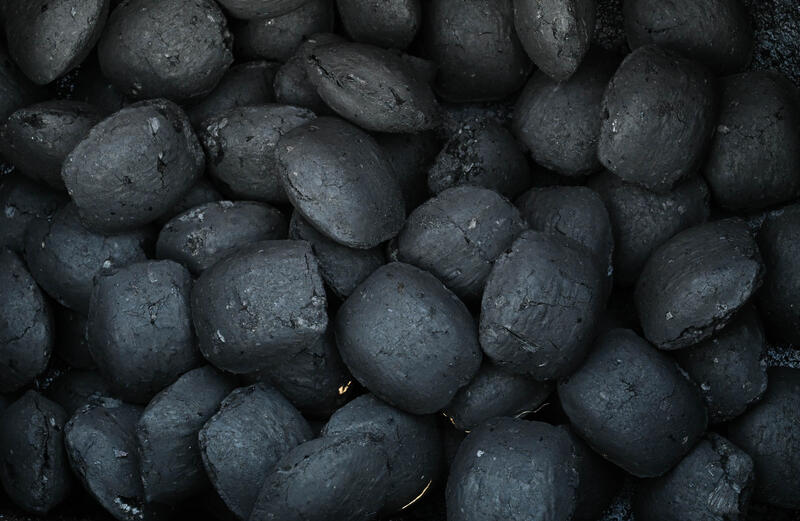Southern Africa’s power crisis has created two types of businesses: Those waiting for the grid to stabilise… and those done waiting. SolarSaver falls in the second group.
The company has raised $60 million to expand its rooftop solar and battery systems across the region, a move that tells you something about the state of energy, the state of business, and the state of survival in one of the world’s most power-stressed regions.
Forget the image of thousand-acre solar farms. This is practical energy built close to the user.
- Panels on a roof or property
- A battery on-site to store excess energy
- The company owns and operates it
- The client pays only for electricity, or buys the system slowly through a rent-to-own structure
These are systems built for businesses that cannot afford to gamble their productivity on the grid’s mood swings. SolarSaver already runs over 700 installations in South Africa, Namibia, Botswana, and Zambia.
Combined capacity: 140 MW.
Read Also: Why KPLC Tokens Are 22% More Expensive (Real Data From 2024–2025)
That number may look small next to utility-scale plants, but translate it into money and you see the weight:
- Building 1 MW of commercial solar costs roughly $800,000–$1.2 million
- So 140 MW represents around $110M–$160M in deployed assets
And that’s before counting the savings these systems unlock for businesses running on diesel during blackouts. The round was led by Inspired Evolution’s Evolution III Fund, joined by FMO (the Dutch development bank) and Swedfund. Development financiers invest where instability is damaging productivity.
Across Southern Africa:
- Power cuts are routine
- Diesel is expensive
- Grid recovery is slow
- Small and medium-sized enterprises take the hardest hit
These rooftop systems give companies predictable power, predictable is enough to keep a business alive. When a bakery loses refrigeration, when a clinic loses lighting, when a manufacturer loses a shift… energy becomes a financial wound. Investors understand that.



